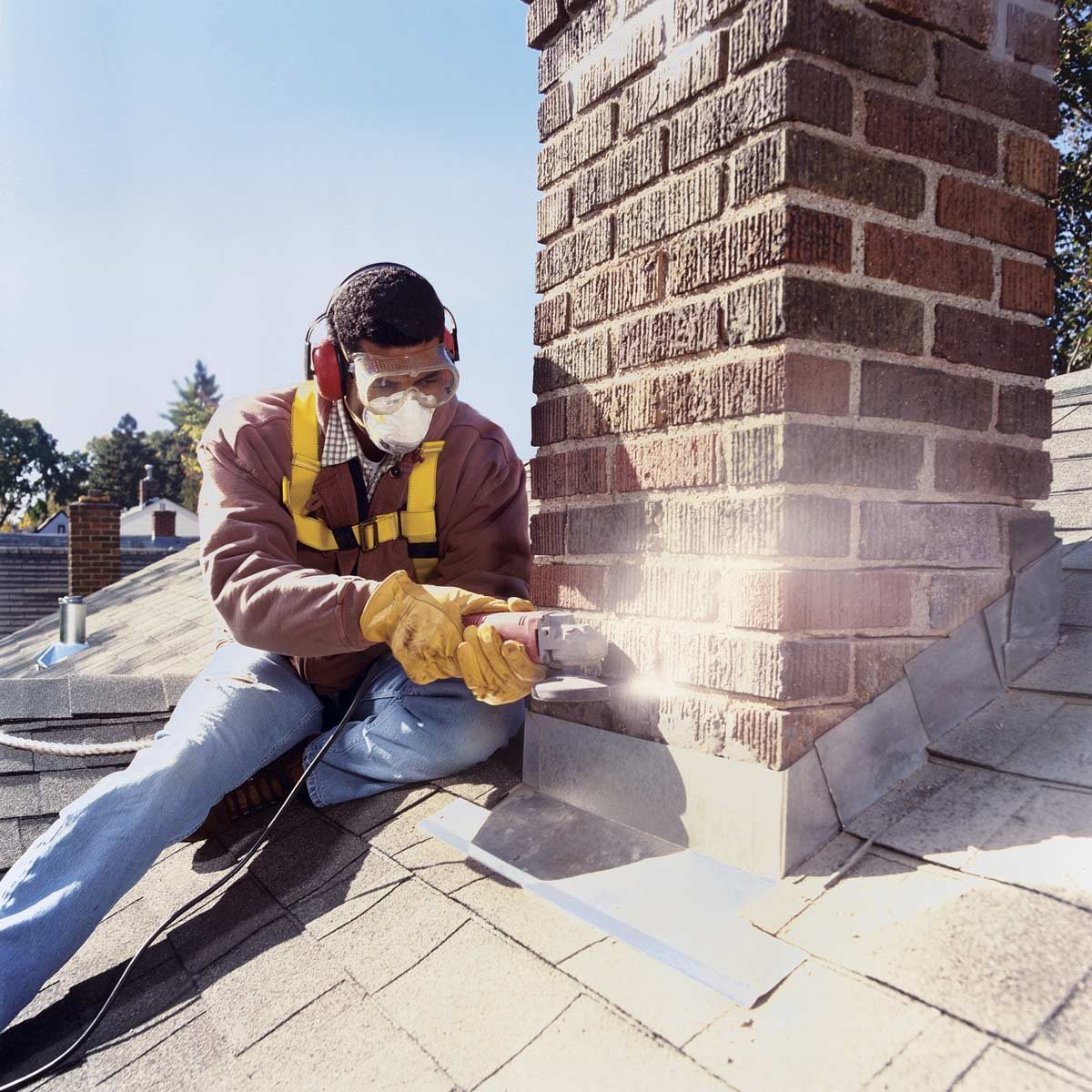

Articles
How Much To Replace Chimney Flashing
Modified: August 22, 2024
Get expert advice on how much it costs to replace chimney flashing. Read our informative articles for all your chimney repair needs.
(Many of the links in this article redirect to a specific reviewed product. Your purchase of these products through affiliate links helps to generate commission for Storables.com, at no extra cost. Learn more)
Introduction
Welcome to our comprehensive guide on chimney flashing replacement costs. If you own a home with a chimney, you may have heard of chimney flashing, but perhaps you’re not quite sure what it is or why it’s important. In this article, we will explain what chimney flashing is, discuss the signs of damaged flashing, highlight the importance of replacing it, and provide insights into the factors affecting the cost of replacement. Whether you’re a homeowner experiencing chimney issues or simply looking to expand your knowledge, this article is designed to help you understand how much it may cost to replace chimney flashing and guide you on the path to finding a reputable contractor.
Key Takeaways:
- Protect your home by recognizing signs of damaged chimney flashing, such as water leakage, mold growth, and visible cracks. Timely replacement can prevent costly water damage and preserve your home’s structural integrity.
- When considering chimney flashing replacement, prioritize quality and expertise over cost. Hiring a professional contractor ensures a watertight seal, structural preservation, and long-term protection against water damage.
Read more: How Much Does It Cost To Replace A Chimney
What is Chimney Flashing?
Chimney flashing refers to the metal or composite materials installed around the base of a chimney to create a watertight seal. Its primary purpose is to prevent water from seeping into the roof or chimney structure. Chimney flashing consists of two main components: the base flashing and the counterflashing.
The base flashing, often made of aluminum, copper, or galvanized steel, is installed at the base of the chimney and is integrated into the roof shingles. It surrounds the chimney and redirects water away from the vulnerable joint where the chimney meets the roof. Along with preventing water intrusion, the base flashing also helps to block out pests and debris.
The counterflashing, which is usually made of the same material as the base flashing, is installed into the mortar joints of the chimney. It is layered on top of the base flashing and acts as an additional barrier against water infiltration. The counterflashing is designed to blend seamlessly with the chimney’s aesthetics while providing maximum protection against moisture.
Together, these two elements work harmoniously to create a waterproof barrier around the chimney, ensuring that rainwater and other forms of moisture do not penetrate the roof or chimney structure. Without proper flashing in place, water can leak into your home, leading to water damage, mold growth, and structural issues.
Chimney flashing must be installed correctly by a skilled professional to ensure its effectiveness. Improper installation or damaged flashing can result in water leaks, which can cause extensive damage to your home over time.
Signs of Damaged Chimney Flashing
Identifying signs of damaged chimney flashing is crucial in maintaining the integrity of your chimney and protecting your home from potential water damage. Here are some common signs that may indicate your chimney flashing needs to be replaced:
- Water leakage: If you notice water stains on the ceiling or walls near your chimney, it could be a sign of a compromised flashing. Water can seep into your home through gaps or cracks in the flashing, leading to water damage and mold growth.
- Mold or mildew growth: Excessive moisture caused by faulty flashing can create an ideal environment for mold and mildew to thrive. If you notice the presence of mold or mildew in and around your chimney, it may be a sign that your flashing needs attention.
- Deterioration or rust: Inspect the condition of your chimney flashing regularly. If you notice any signs of deterioration, such as rust, corrosion, or crumbling, it is an indication that the flashing has reached the end of its lifespan and should be replaced.
- Missing or loose flashing: Strong winds, extreme temperatures, or improper installation can cause flashing to become loose or completely detached from the chimney. Missing or loose flashing compromises the effectiveness of the waterproof barrier and should be addressed promptly.
- Visible cracks or gaps: Check for any visible cracks or gaps in the flashing material. Over time, exposure to weather conditions and aging can cause flashing to crack or separate, creating vulnerable access points for water infiltration.
- Presence of pests: Damaged or worn-out flashing can allow pests, such as birds, squirrels, or insects, to nest in and around your chimney. If you hear scratching sounds or notice an increase in pest activity near your chimney, it may be a sign of compromised flashing.
It’s important to address any signs of damaged chimney flashing as soon as possible to prevent further water damage and potential structural issues. Consulting with a professional chimney contractor is the best course of action to accurately assess the condition of your flashing and determine the necessary repairs or replacement.
Importance of Replacing Chimney Flashing
Replacing damaged chimney flashing is vital for the protection and longevity of your chimney and home. Here are a few reasons why it’s important to address flashing issues promptly:
- Prevents water damage: The primary function of chimney flashing is to create a watertight seal around the chimney. When flashing becomes damaged or compromised, water can seep into your home, leading to costly water damage, rotting wood, and mold growth.
- Preserves structural integrity: A well-maintained chimney and flashing play a crucial role in supporting the structure of your home. Water infiltration caused by faulty flashing can weaken the structural components of your chimney and even impact the stability of your home’s foundation.
- Avoids potential health hazards: Moisture from water leaks can create an environment suitable for mold and mildew growth. Exposure to mold spores can trigger allergies, respiratory problems, and other health issues, especially for individuals with compromised immune systems.
- Prevents pest infestations: Damaged flashing can create small openings or gaps that can serve as entry points for pests like birds, squirrels, or insects. Once inside your chimney or home, these pests can cause further damage and nuisance.
- Preserves insulation and energy efficiency: Water infiltration caused by damaged flashing can compromise the insulation in your home, resulting in increased energy consumption and higher utility bills. By replacing the flashing, you can maintain proper insulation and energy efficiency.
- Enhances the aesthetic appeal: New chimney flashing not only provides essential protection but also improves the overall appearance of your chimney. With a fresh, well-installed flashing system, your chimney will look more visually appealing and add curb appeal to your home.
Regular maintenance and timely replacement of chimney flashing are essential to ensure its effectiveness in preventing water leaks and protecting your home. If you suspect any issues with your chimney flashing, it’s best to consult with a professional chimney contractor who can assess the situation and provide expert advice on the necessary repairs or replacement.
Factors Affecting the Cost of Replacing Chimney Flashing
The cost of replacing chimney flashing can vary based on several factors. Understanding these factors can help homeowners anticipate and plan for the expenses involved. Here are the main factors that can influence the cost:
- Material: The type of material used for the chimney flashing can significantly impact the cost. Common materials include aluminum, copper, and galvanized steel. Copper flashing is the most expensive option due to its durability and aesthetic appeal, while aluminum and galvanized steel tend to be more affordable choices.
- Chimney size and complexity: The size and complexity of the chimney structure can affect the cost of replacing the flashing. A larger chimney or one with intricate designs may require more time, labor, and materials, leading to higher costs.
- Access complexity: Ease of access to the chimney can affect the cost. If the chimney is located in a hard-to-reach area, such as a steep roof or confined space, additional equipment or safety measures may be required, resulting in increased labor costs.
- Roof pitch: The pitch or slope of the roof can impact the difficulty of the installation process. Steeper roofs may require additional safety measures or specialized equipment, leading to higher costs compared to roofs with a lower pitch.
- Repairs or modifications: If there are existing issues or damage to the chimney or roof deck, additional repairs or modifications may be necessary. These additional services will increase the overall cost of replacing the chimney flashing.
- Location: The geographical location can influence the cost of labor and materials. Prices can vary from region to region due to factors such as local labor rates, building codes, and availability of materials.
- Contractor Rates: The rates charged by chimney contractors can vary based on their experience, expertise, and reputation. It’s important to research and obtain multiple quotes from reputable contractors to ensure a fair price.
Keep in mind that while cost is an important consideration, it is equally important to prioritize quality and expertise when choosing a contractor. Hiring a skilled professional who specializes in chimney flashing replacement will ensure a job well done and minimize the risk of future issues.
By considering these factors and obtaining estimates from trusted contractors, homeowners can have a better understanding of the cost involved in replacing their chimney flashing and make informed decisions to protect their chimney and home.
Make sure to hire a professional to replace chimney flashing, as it requires proper installation to prevent water leaks. It’s a small investment to avoid costly repairs in the future.
Read more: How To Flash Around A Chimney
Average Cost to Replace Chimney Flashing
The cost to replace chimney flashing can vary depending on the factors mentioned earlier. While it is difficult to provide an exact average cost, we can provide a general range to give you an idea of what to expect.
On average, homeowners can expect to pay anywhere between $500 and $2,500 for chimney flashing replacement. However, please note that this is just an estimate, and the actual cost may be higher or lower based on the specific circumstances of your chimney.
Factors such as the size of the chimney, type of material chosen for the flashing, additional repairs or modifications needed, and labor costs can all contribute to the overall expense.
It’s important to obtain quotes from multiple reputable contractors to get a more accurate estimate for your specific situation. A professional contractor will assess the condition of your chimney, take into account the specific details, and provide you with a detailed breakdown of the costs involved.
Remember, while cost is a significant factor, it’s crucial not to compromise on quality. Hiring an experienced, reputable contractor may cost more upfront but can save you money in the long run by ensuring a proper installation and reducing the risk of future issues.
Additionally, investing in high-quality materials, such as copper flashing, may increase the initial cost, but these materials are known for their durability and longevity, potentially saving you money on future repairs or replacements.
Ultimately, the average cost to replace chimney flashing will depend on the unique characteristics of your chimney and the choices you make regarding materials and contractors.
It is recommended to consult with chimney professionals who can assess your specific needs and provide you with accurate estimates tailored to your situation. This will ensure that you are well-informed and can make the best decisions to protect your chimney and home.
DIY vs Professional Replacement
When it comes to replacing chimney flashing, homeowners often wonder whether it is a task they can tackle themselves or if it is best left to professionals. While some may opt for a do-it-yourself (DIY) approach to save money, it’s important to consider the complexities and potential risks involved.
DIY Replacement:
Replacing chimney flashing requires specialized knowledge, skills, and tools. If you have experience in roofing or construction, and have the necessary tools and equipment, it is possible to attempt a DIY replacement. However, keep in mind the following considerations:
- Safety: Working at heights and handling various materials can pose safety risks. If you’re not familiar with proper safety protocols or lack experience working on roofs, it’s best to prioritize your safety and hire a professional.
- Quality: Improper installation can lead to ongoing issues and potential water damage. Chimney flashing must be correctly fitted, sealed, and integrated with the roof to ensure a watertight barrier. A professional contractor will have the expertise to perform the job to the highest standards.
- Time and Effort: Replacing chimney flashing can be a time-consuming task, especially for those without experience or the right tools. It’s important to weigh the amount of time and effort it would take to complete the job DIY versus the convenience and efficiency of hiring a professional.
- Warranty: If you choose to replace the flashing yourself and encounter issues later on, you may not have the benefit of a warranty or guarantee. Professional contractors often provide warranties on their work, giving you peace of mind in case any issues arise.
Professional Replacement:
Hiring a professional chimney contractor offers several advantages:
- Expertise and Experience: Professional contractors have the necessary knowledge, skills, and experience in working with chimney flashing. They are familiar with the nuances of different chimney types and can ensure proper installation to mitigate the risk of water leaks.
- Efficiency: Professionals have access to specialized tools and equipment, enabling them to complete the job efficiently. They are familiar with the best practices and can minimize the time and disruption involved in the replacement process.
- Quality Assurance: Reputable contractors take pride in their workmanship and strive for excellence. They will ensure that the flashing is installed correctly, sealed properly, and integrated seamlessly with the roof, providing a long-lasting and effective barrier against water intrusion.
- Insurance Coverage: When you hire a professional contractor, you can benefit from their liability insurance coverage. This protects you and your property in the event of any accidents or damages that may occur during the replacement process.
While hiring a professional may involve upfront costs, it provides peace of mind, saves time and effort, and helps ensure a high-quality and durable result. Ultimately, the decision between DIY and professional replacement depends on your comfort level, expertise, and the level of risk you are willing to take.
If you choose to hire a professional, be sure to research and select a reputable and experienced contractor who specializes in chimney flashing replacement. Obtain multiple quotes, check references, and ensure the contractor is licensed, insured, and capable of delivering the quality results you expect.
Hiring the Right Contractor for Chimney Flashing Replacement
When it comes to replacing chimney flashing, hiring the right contractor is crucial for a successful and long-lasting result. Here are some key factors to consider when searching for a reputable and reliable contractor:
- Experience and Expertise: Look for contractors who specialize in chimney repair and have extensive experience in replacing chimney flashing. A contractor with knowledge and expertise in chimney systems will be able to assess the condition of your flashing accurately and provide appropriate recommendations.
- License and Insurance: Ensure that the contractor you hire is licensed, bonded, and insured. This will protect you from liability in case of accidents or damages during the replacement process. Ask for proof of insurance and verify the contractor’s credentials.
- Reputation and References: Research the contractor’s reputation by reading reviews and testimonials from previous clients. Ask for references and contact them to inquire about their experience with the contractor. A reputable contractor will have positive reviews and a portfolio of completed projects.
- Written Estimates: Obtain written estimates from multiple contractors. The estimate should detail the scope of work, materials to be used, and the overall cost. Be wary of contractors who provide vague or verbal estimates without proper documentation.
- Warranty: Inquire about any warranties or guarantees offered by the contractor for their workmanship and the materials used. A reputable contractor stands behind their work and will provide a warranty to ensure customer satisfaction and peace of mind.
- Communication and Professionalism: Pay attention to how responsive and professional the contractor is during your initial interactions. Clear communication, prompt response times, and professionalism are indicators of a contractor who takes their work seriously and values customer satisfaction.
- Contract and Timeline: Before hiring a contractor, make sure to have a written contract that clearly outlines the project details, including the start and completion dates, payment terms, and any other relevant specifications. Review the contract carefully to ensure everyone is in agreement.
- Obtain Multiple Quotes: It’s always a good idea to obtain multiple quotes from different contractors. This allows you to compare prices, services offered, and the level of professionalism before making a decision.
Take the time to do your research and select a contractor who not only meets these criteria but also makes you feel comfortable and confident in their abilities.
Remember, the cost of hiring a professional contractor may be higher compared to a DIY approach, but their experience, expertise, and guarantees can provide a higher-quality and more durable result. Investing in a reputable contractor will pay off in the long run by ensuring the longevity and effectiveness of your chimney flashing replacement.
By hiring the right contractor, you can have peace of mind knowing that your chimney flashing replacement is in capable hands, and your home is protected against water damage for years to come.
Conclusion
Replacing chimney flashing is an essential task to protect your chimney and home from water damage and ensure their structural integrity. By understanding what chimney flashing is, recognizing the signs of damage, and recognizing the importance of replacement, you can take proactive steps to maintain your chimney’s functionality and prevent costly repairs down the line.
Factors such as materials, chimney size, access complexity, and location can all influence the costs associated with chimney flashing replacement. Obtaining multiple quotes from reputable contractors and prioritizing quality and expertise will help you make an informed decision that suits your budget and requirements.
While DIY replacement may seem tempting, it’s important to consider the complexities involved, including safety risks, quality assurance, and time requirements. Hiring a professional contractor with experience in chimney flashing replacement ensures a high-quality installation, efficiency, and adherence to safety protocols.
Taking the time to find the right contractor is crucial. Focus on their experience, reputation, licenses, insurance, warranties, and clear communication. Obtaining written estimates and reviewing contracts will provide clarity and protect your interests throughout the process.
In conclusion, by recognizing the importance of chimney flashing replacement, understanding the signs of damage, and hiring the right contractor, you can ensure a well-maintained, watertight chimney that protects your home for years to come.
Remember, regular maintenance and inspections of your chimney are crucial to catch any issues early and avoid extensive damage. Stay proactive, prioritize quality, and consult with professionals for the best results in preserving the integrity and functionality of your chimney.
Frequently Asked Questions about How Much To Replace Chimney Flashing
Was this page helpful?
At Storables.com, we guarantee accurate and reliable information. Our content, validated by Expert Board Contributors, is crafted following stringent Editorial Policies. We're committed to providing you with well-researched, expert-backed insights for all your informational needs.
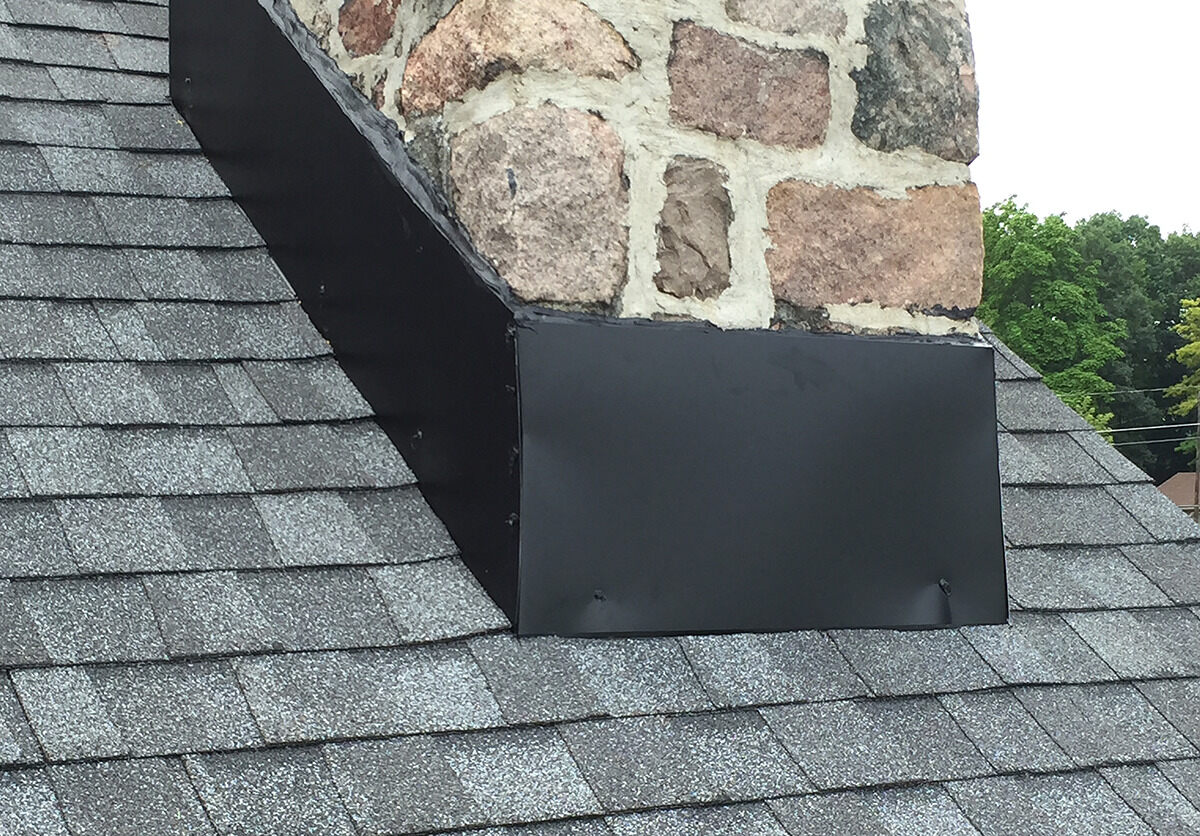
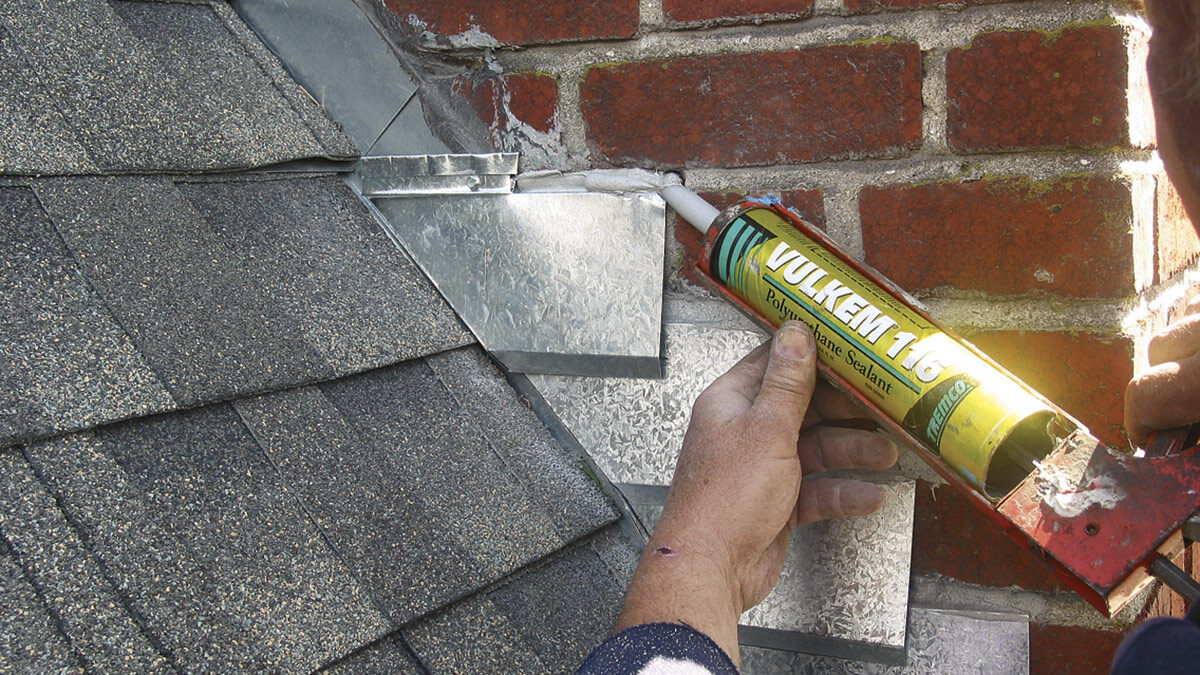
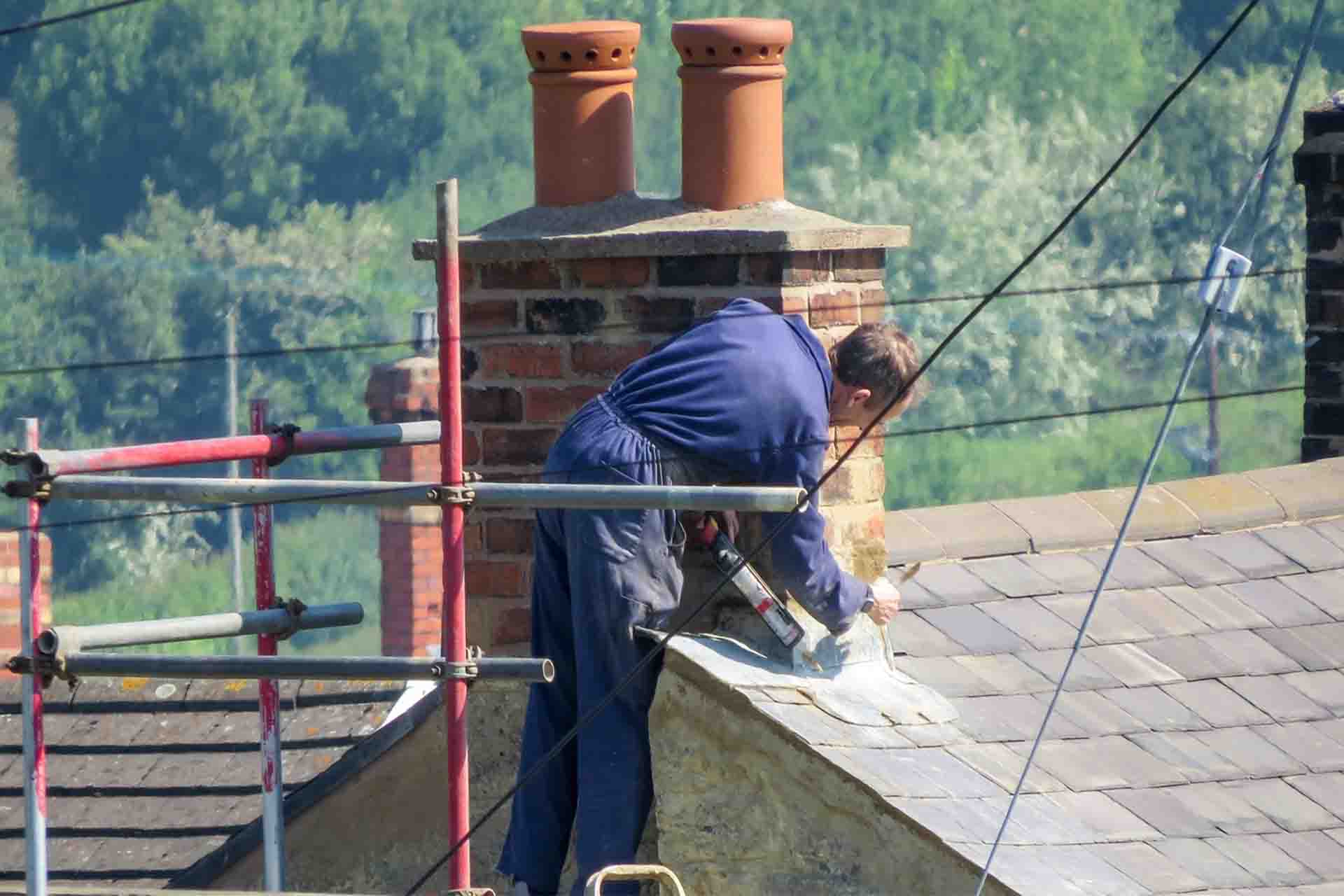
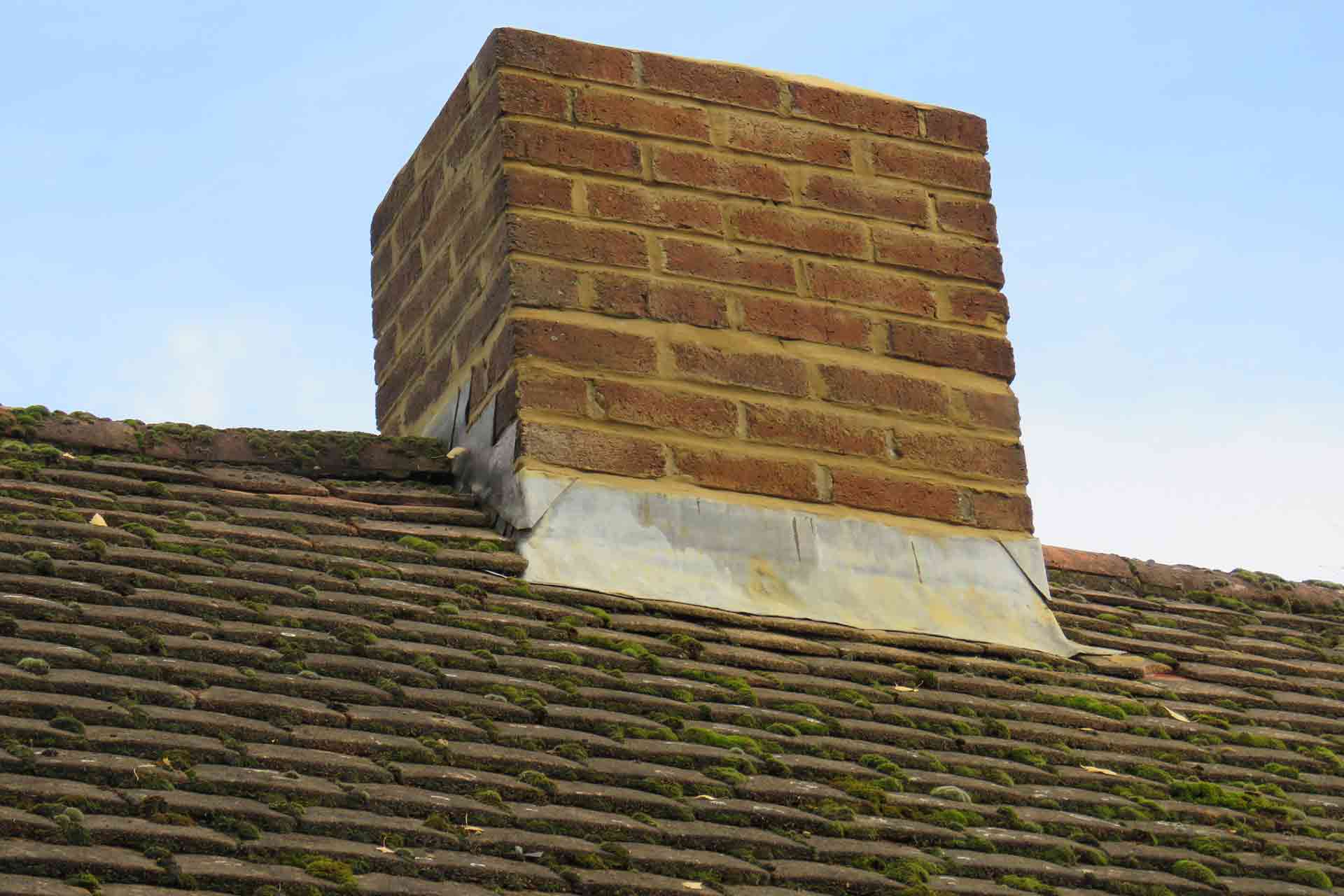
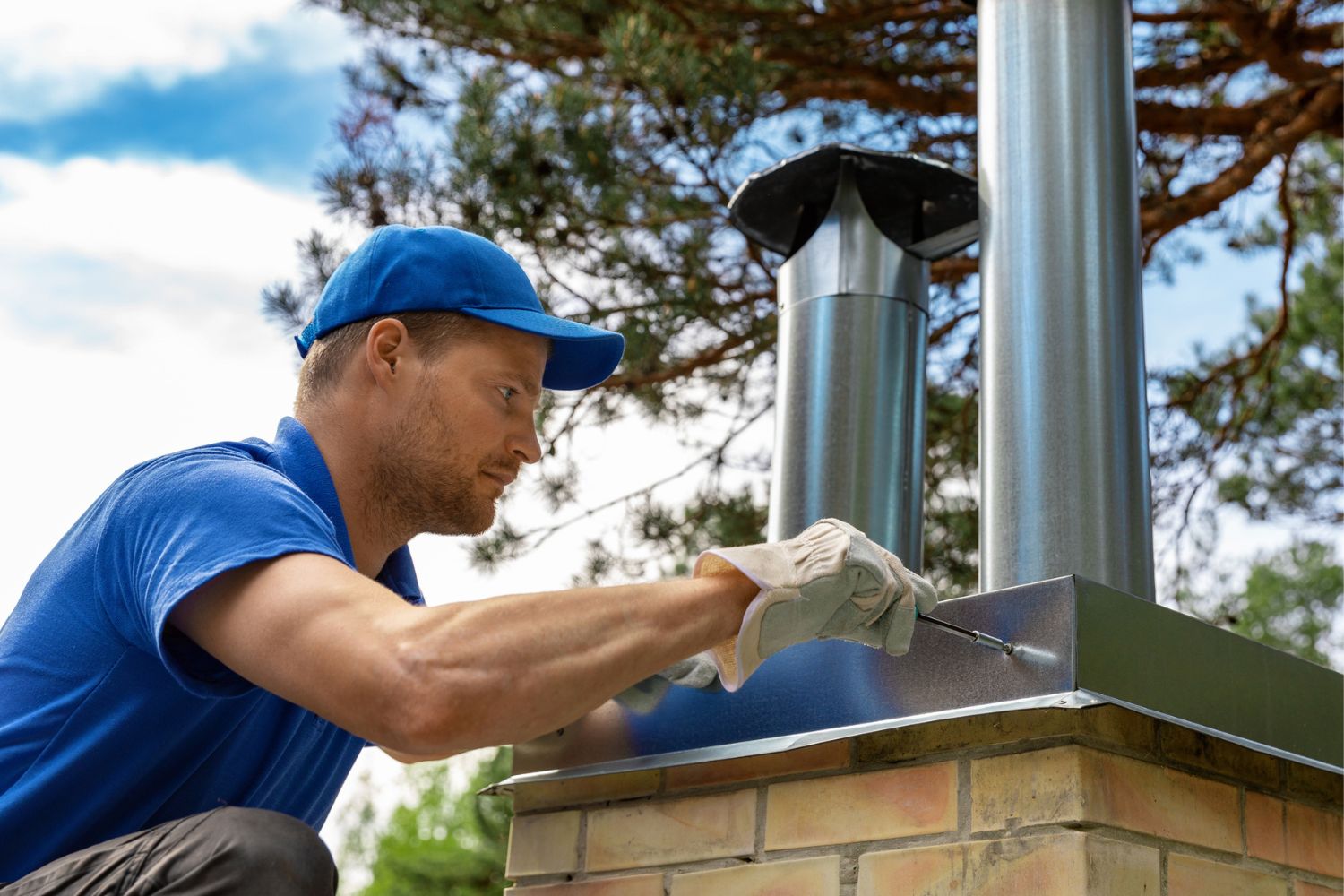
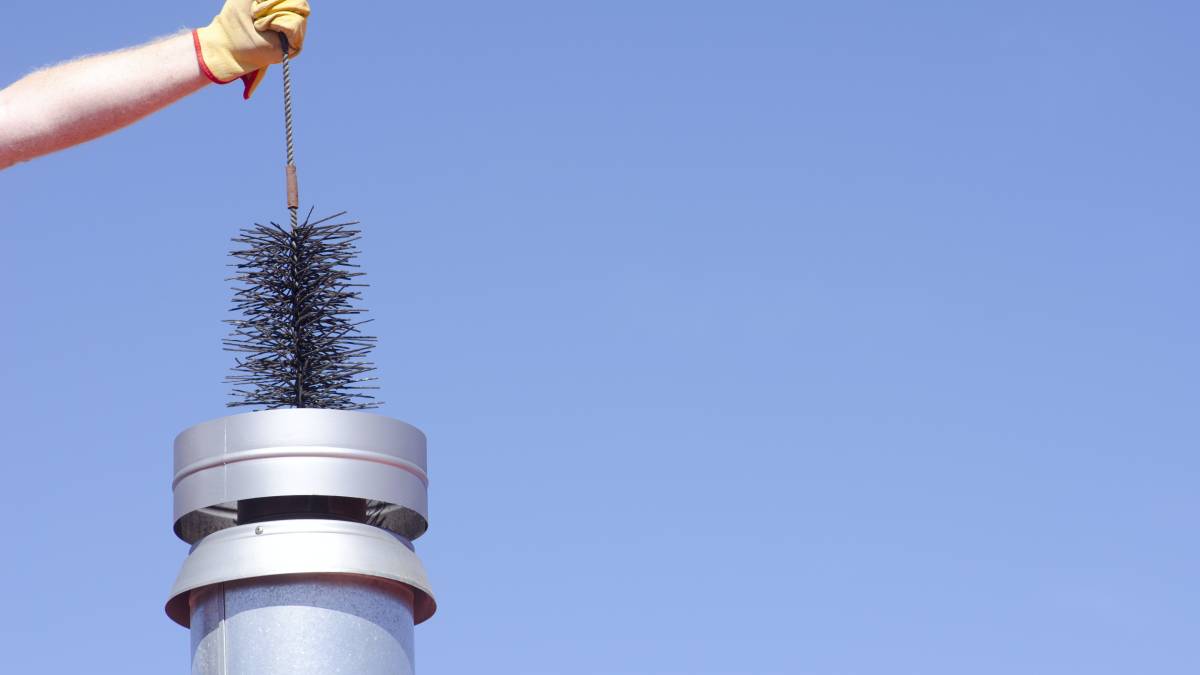
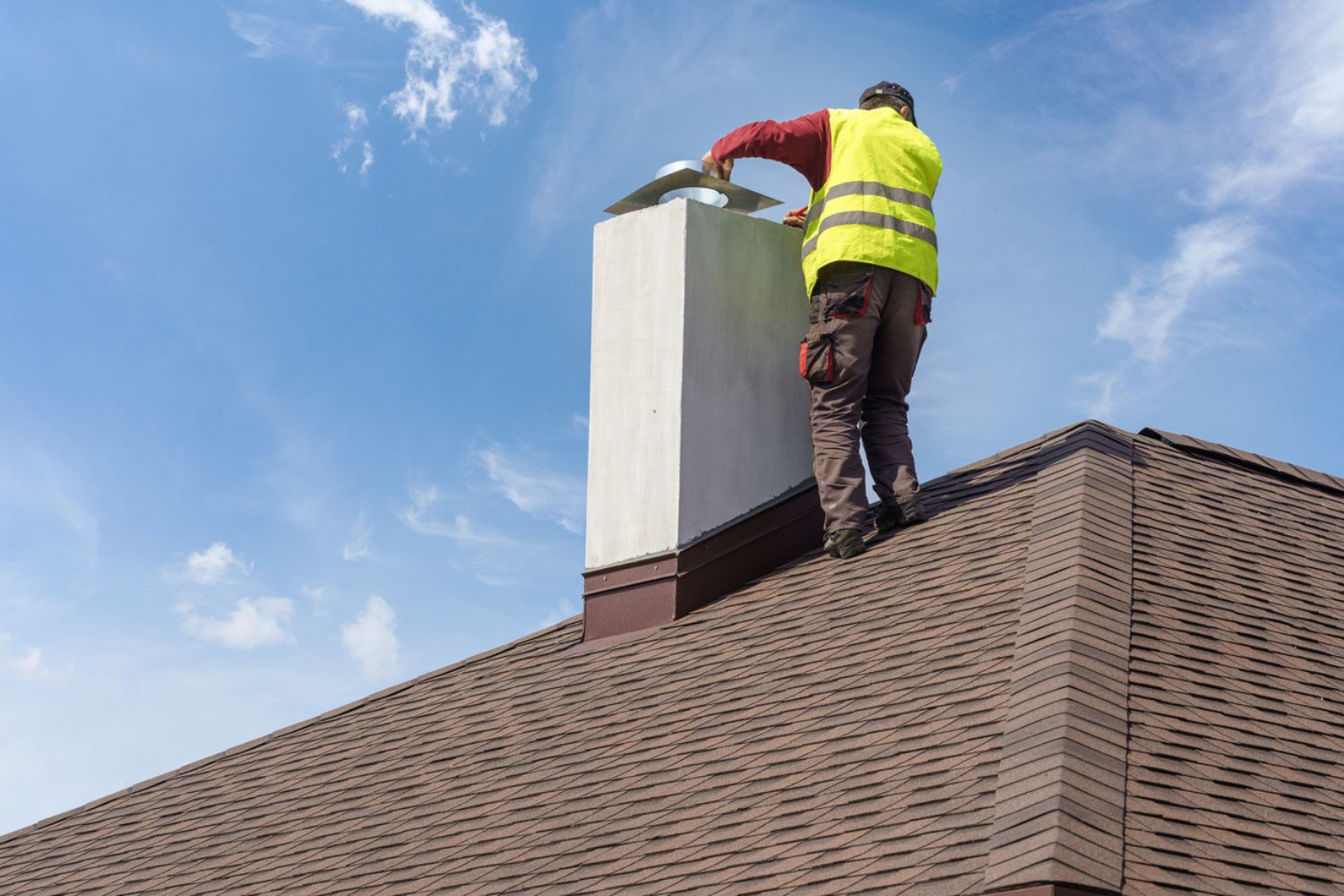
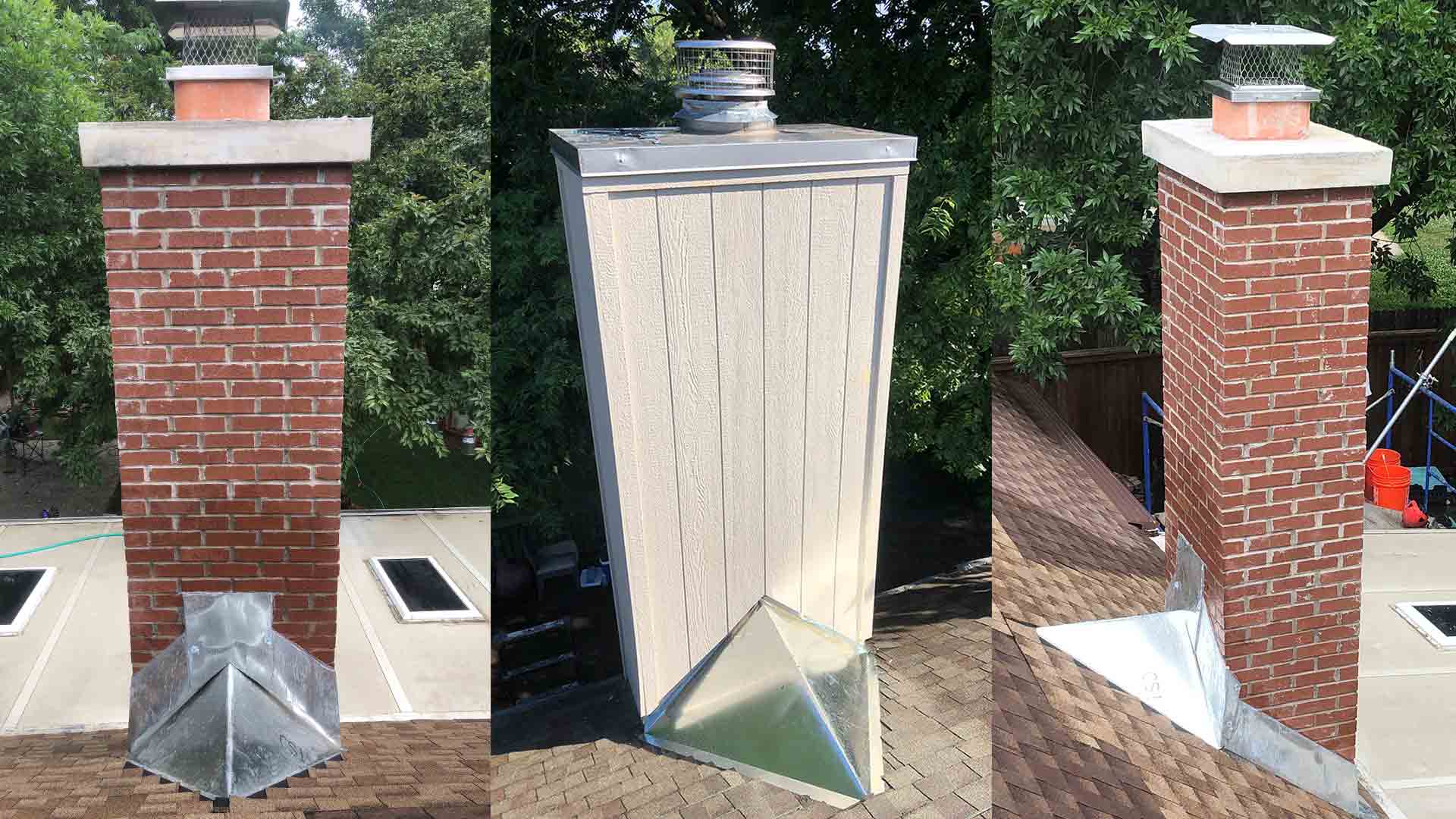
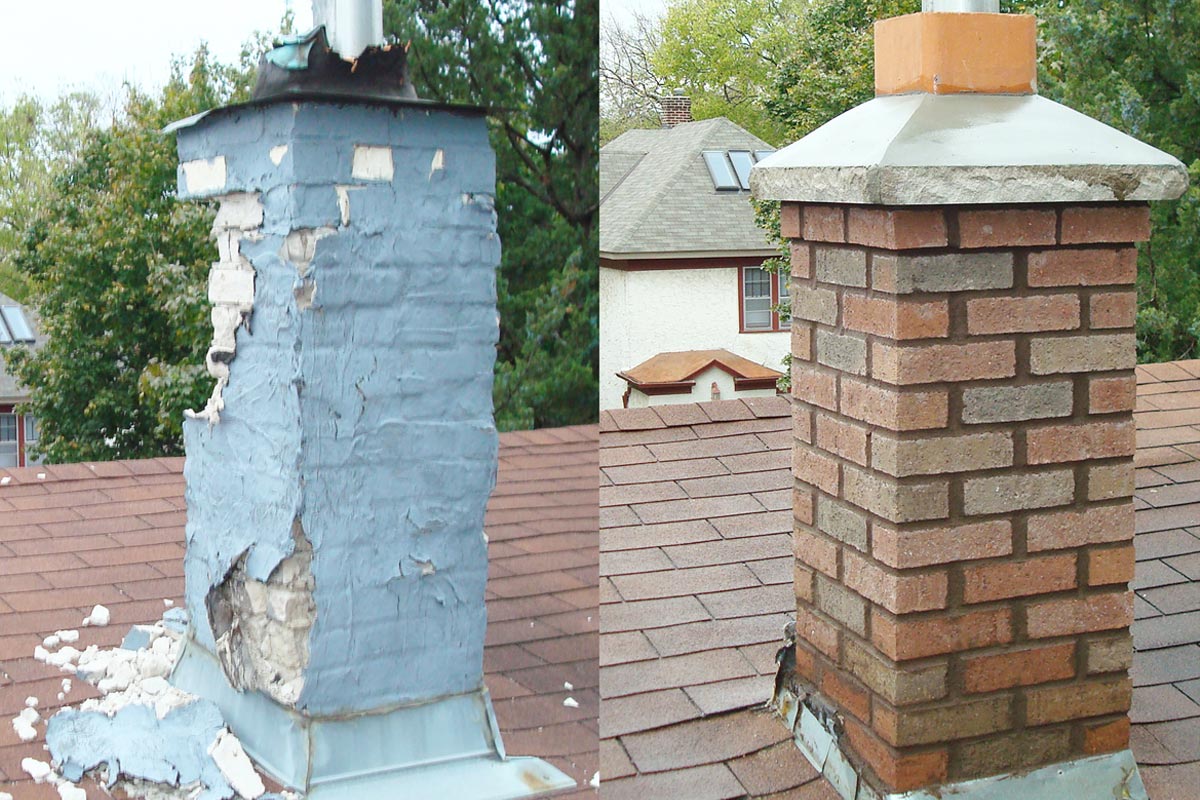
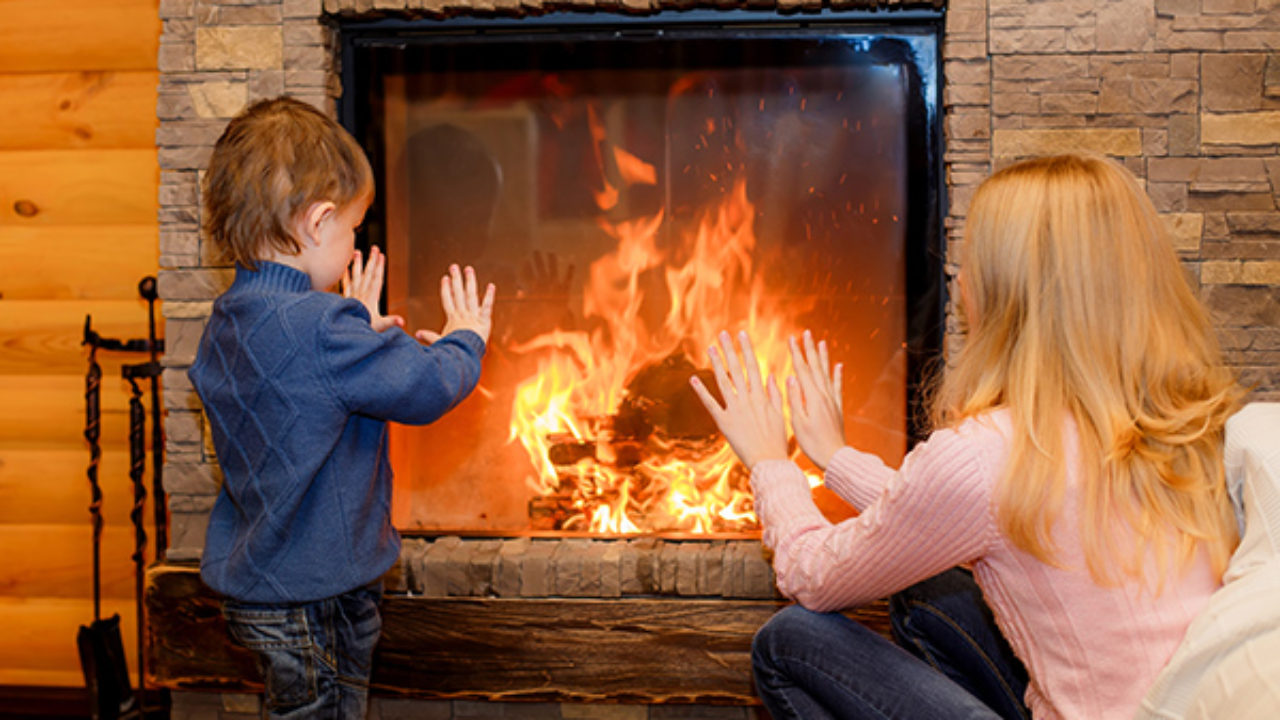
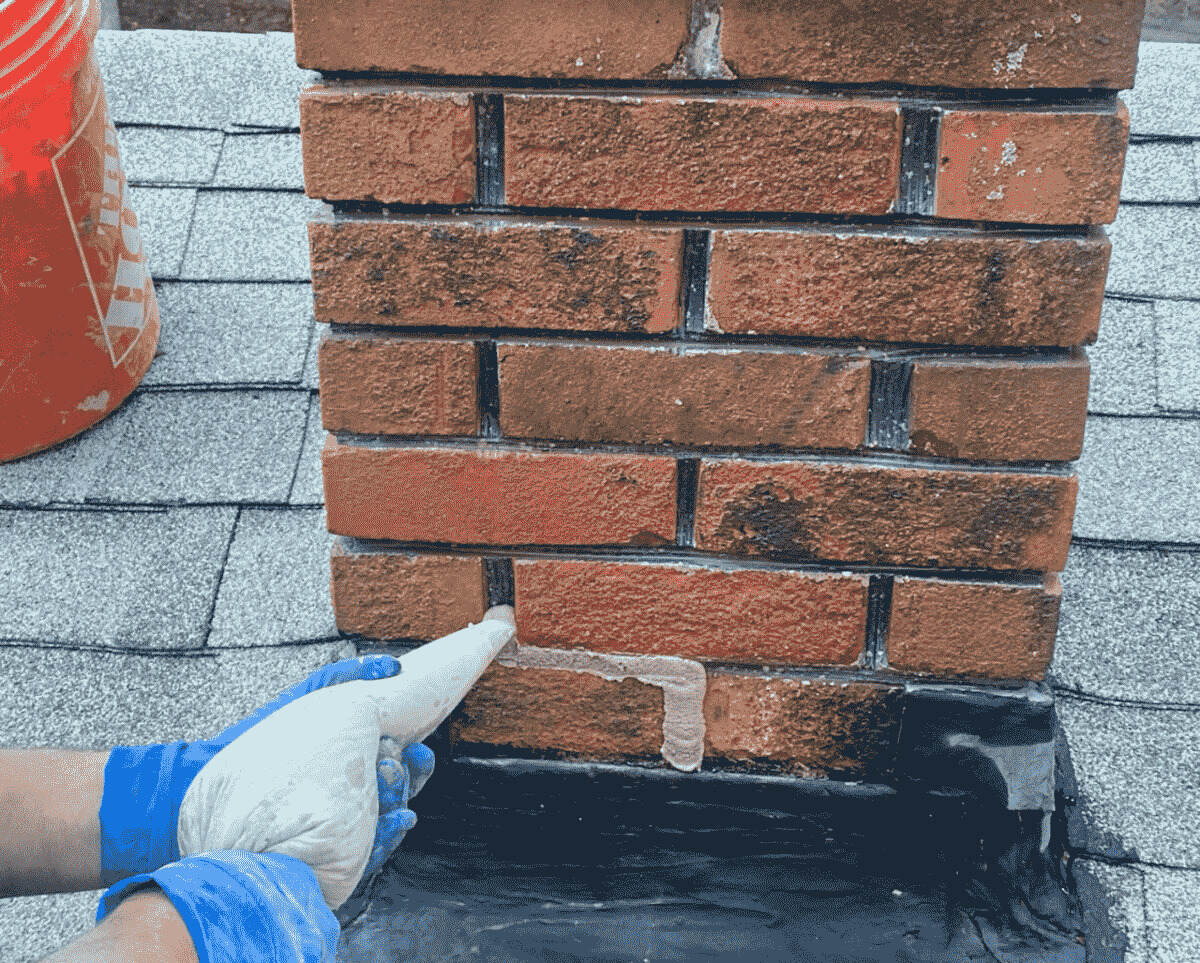
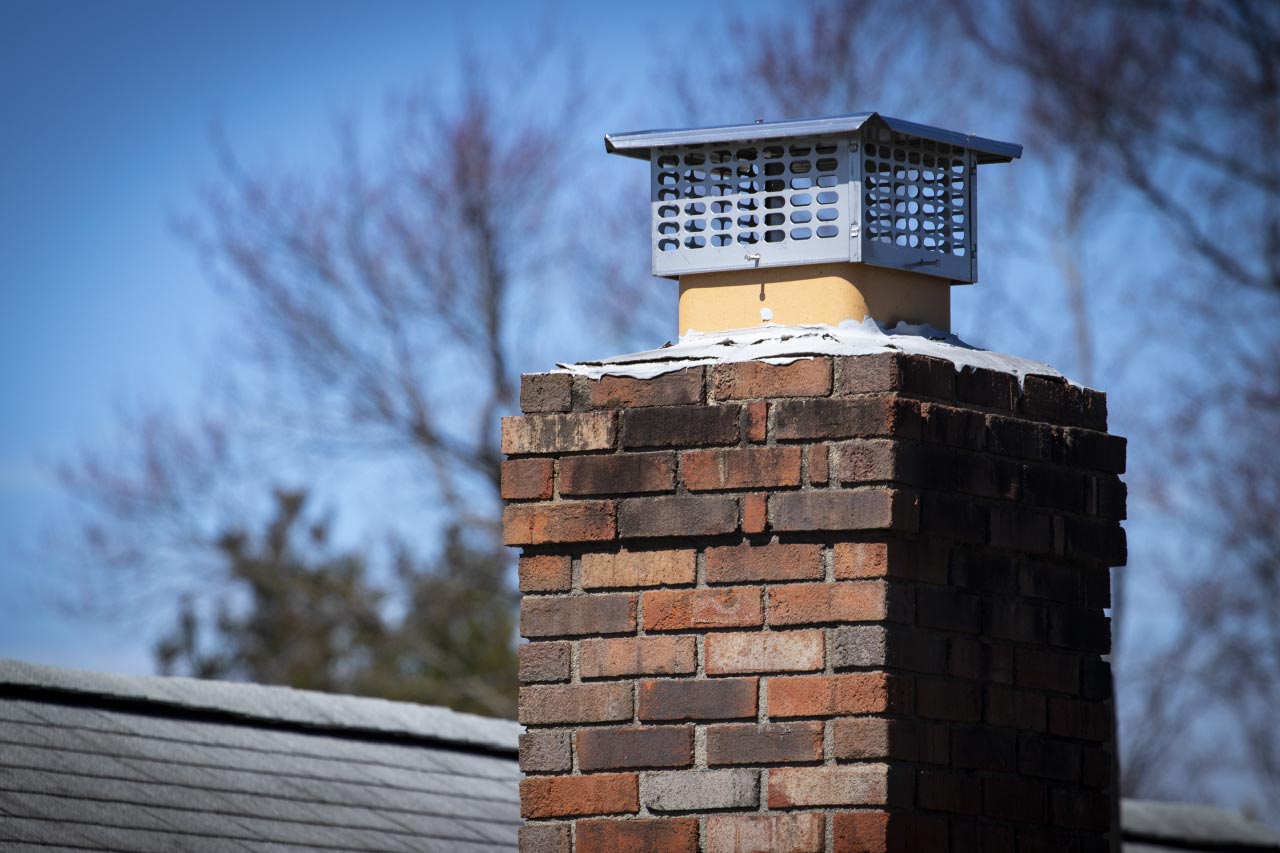
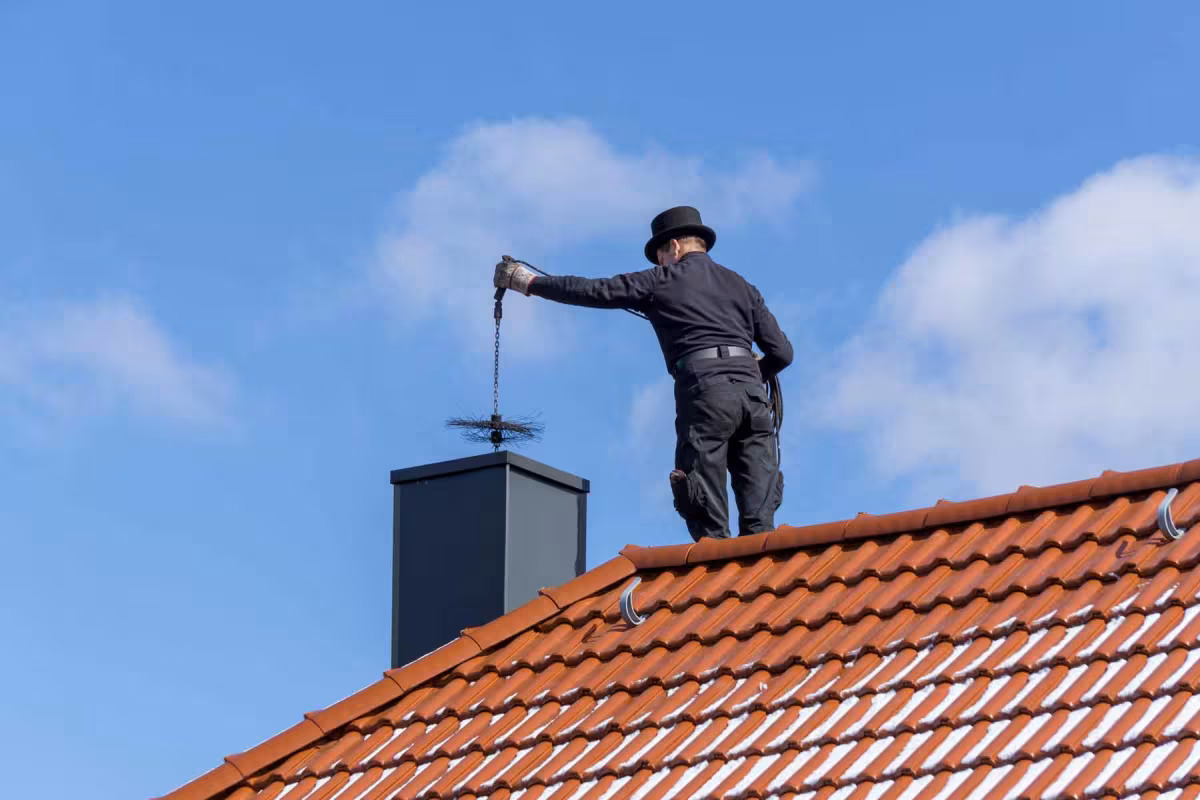
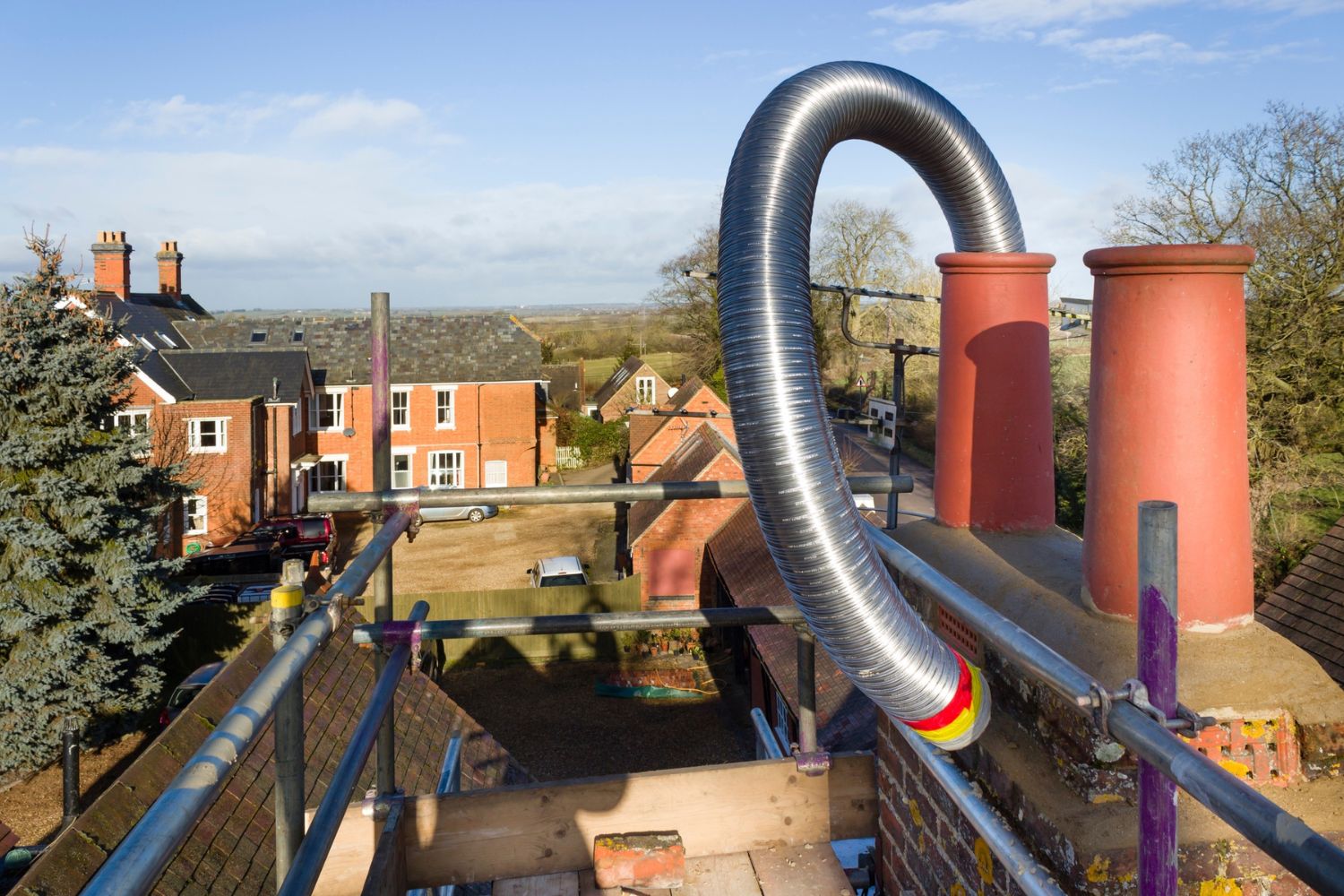

0 thoughts on “How Much To Replace Chimney Flashing”